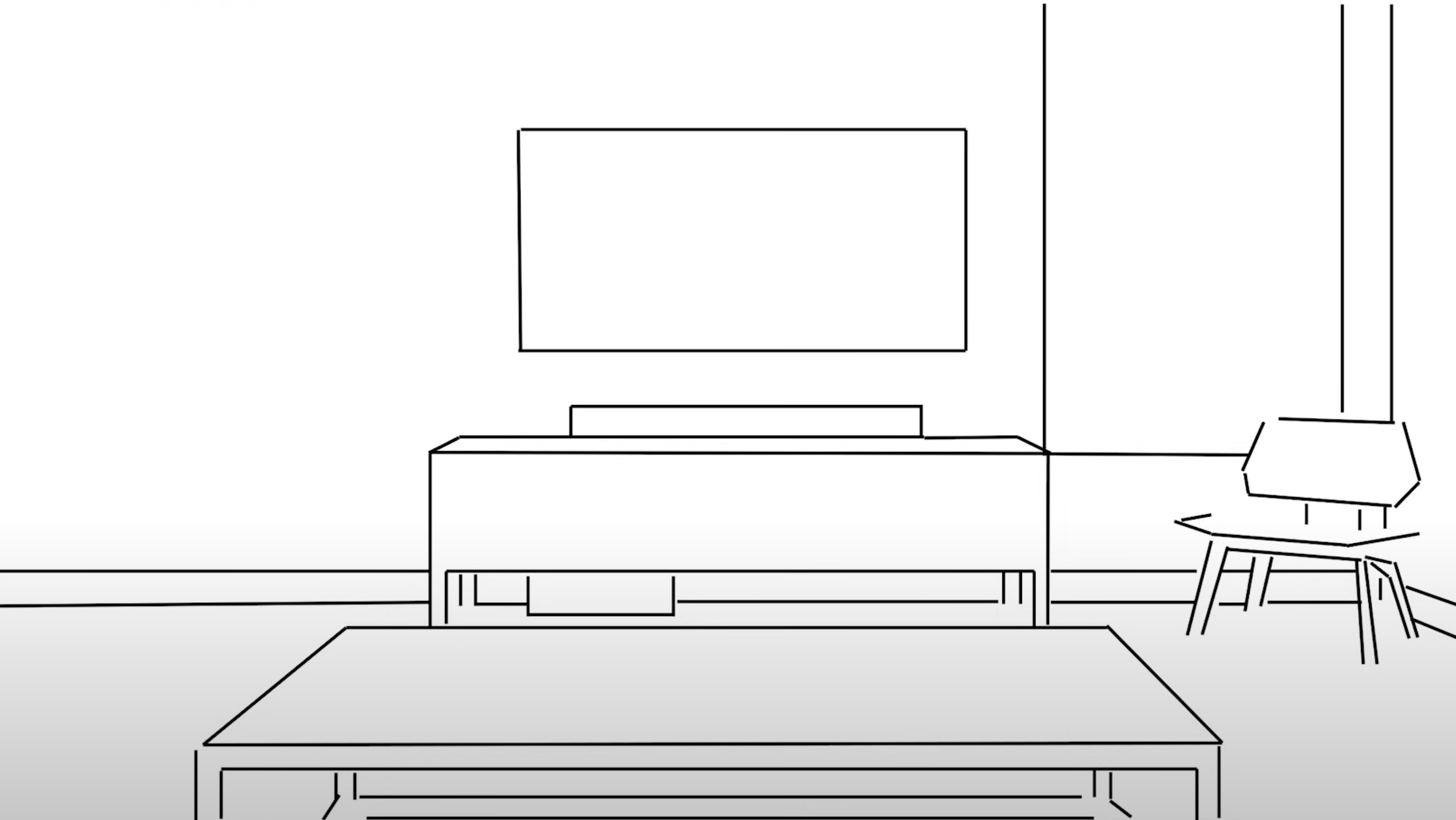Researchers used Wi-Fi signals to see through walls. Game-changing breakthrough? Or privacy nightmare waiting to happen?
The technology can be used for crowd analytics, augmenting smart spaces, and possibly even as a cyber attack vector

Scientists have engineered a technology that lets people read letters and see objects through walls using Wi-Fi signals.
The system, developed by researchers with UC Santa Barbara, traces the edges of objects on the other side of solid barriers, including English letters of the alphabet. In one experiment, for example, the team used the technology to decipher the word “BELIEVE” from the other side of a wall, with letters imaged one by one.
They used three off-the-shelf Wi-Fi transmitters to send wireless waves in an area. Receivers were mounted on an unmanned vehicle that emulated a Wi-Fi receiver grid as it moved. The receiver measured the signal power, which was then used for imaging based on the proposed approach.
Tracking objects with Wi-Fi signals
The system relies on Keller’s geometric theory of diffraction, also known as the Keller cone, to interpret what may be on the other side of the wall. If and when mature, the technology may be useful for several different applications, including crowd analytics, identifying individuals, and giving smart spaces a much-needed boost.
“Imaging still scenery with WiFi is considerably challenging due to the lack of motion,” said Yasamin Mostofi, a professor of electrical and computer engineering (ECE). “We have then taken a completely different approach to tackle this challenging problem by focusing on tracing the edges of the objects instead.”
Scientists have been trying to engineer technology like this for years, with this team in particular on the case since 2009. The reason why this effort is significant, is that reading the English alphabet through walls with Wi-Fi was previously deemed too difficult due to the complex details in the lettering.
Researchers with Carnegie Mellon University demonstrated a similar technology in July, using Wi-Fi signals to track the three-dimensional shape and movement of human bodies in a room, according to ZME Science.
Sign up to the TechRadar Pro newsletter to get all the top news, opinion, features and guidance your business needs to succeed!
The success of this approach, however, may pose serious privacy and security questions. Cyber criminals could incorporate this technology into an existing attack vector, or authorities could abuse it in some contexts, such as law enforcement.
Increasing the signals to higher frequencies can increase the resolution, but there would be an energy tradeoff, as it would also increase the propagation loss.
In general, going to higher frequencies can increase the resolution. However, we should also consider the energy tradeoff as going up in frequency increases the propagation loss. This is an area that Anurag Pallaprolu, PhD student at UC Santa Barbara’s ECE department, suggested would be ripe for future exploration.
Beyond simply detecting the edges of objects, depth sensing can be achieved if the system is built using a wideband signal for transmission. The experiment used 802.11n Wi-Fi, which is narrowband by design, to showcase the performance with everyday radio signals. But the framework can easily be expanded to incorporate wideband signals too.
Speaking to TechRadar Pro, Anurag also dismissed the use of triangulation, "we note that in our current system we are using 3 transmitters, but not for triangulation. Instead these transmitters illuminate the area from different viewpoints, reducing the chance that some edges end up in a blind region (i.e., do not leave any signature on the receiver grid). In other words, our edge-based approach is the key to the success of this system where approaches like triangulation would perform very poorly."
More from TechRadar Pro
- We've rounded up the best Wi-Fi routers you can get today
- Take a look at the best Wi-Fi extenders for boosting your network
- Wi-Fi 6E vs Wi-Fi 7 - what's the difference?

Keumars Afifi-Sabet is the Technology Editor for Live Science. He has written for a variety of publications including ITPro, The Week Digital and ComputerActive. He has worked as a technology journalist for more than five years, having previously held the role of features editor with ITPro. In his previous role, he oversaw the commissioning and publishing of long form in areas including AI, cyber security, cloud computing and digital transformation.